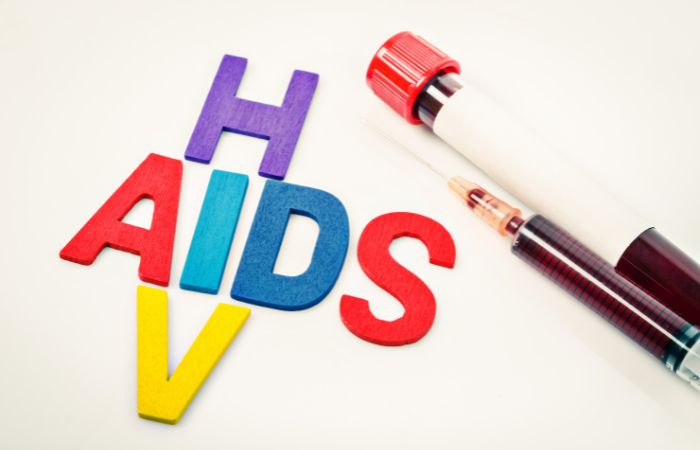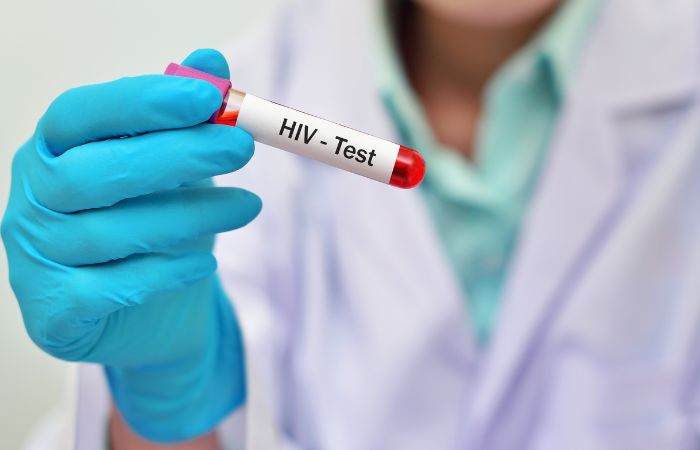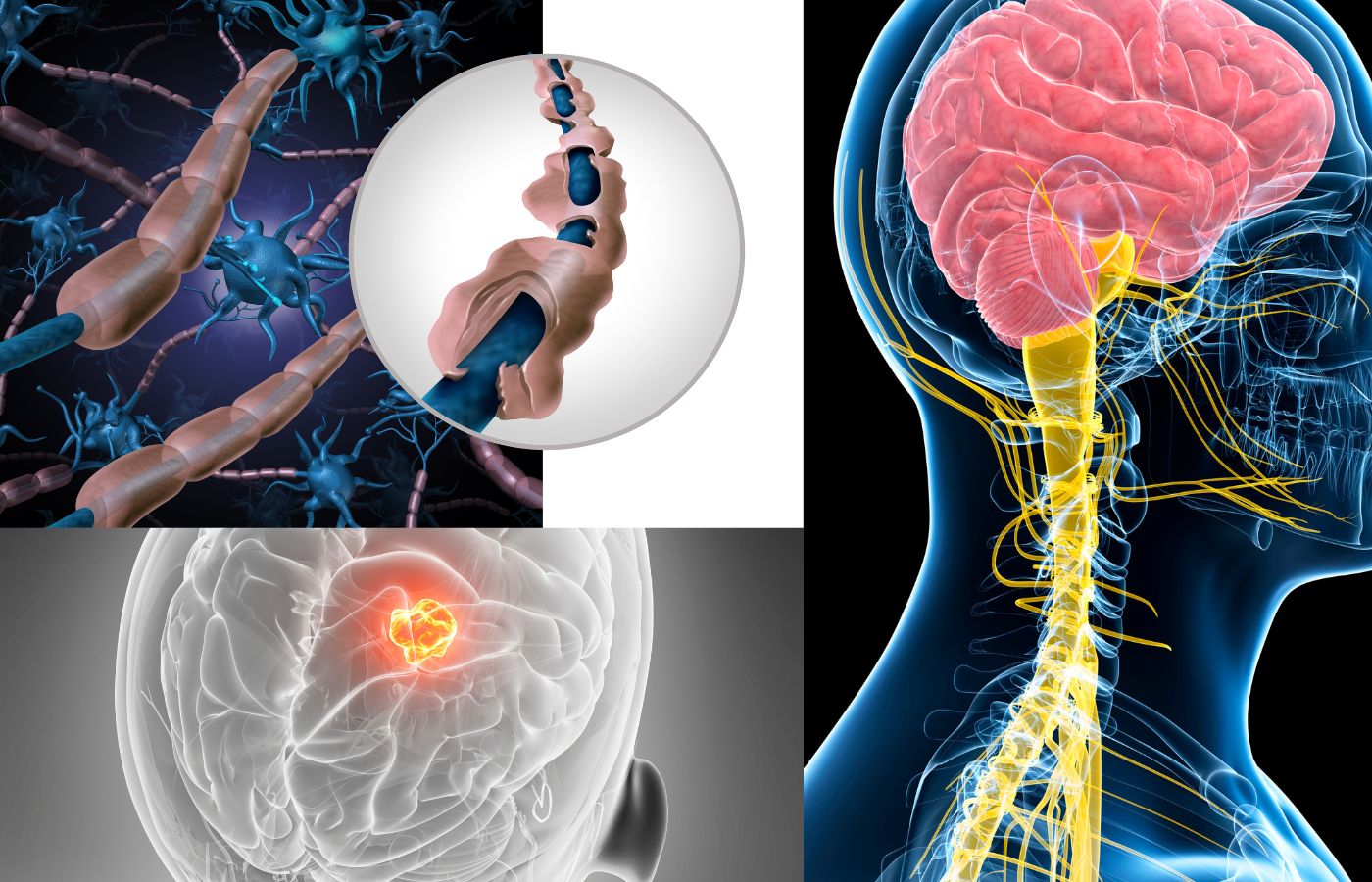
Acquired Immunodeficiency Syndrome (AIDS) is a life-threatening condition that occurs when the human immune system becomes severely damaged due to a prolonged infection by the HIV virus (Human Immunodeficiency Virus). Without proper treatment, HIV can progress to AIDS, leaving the body vulnerable to infections and cancers that a healthy immune system would normally fight off.
HIV is a virus that attacks the immune system, specifically the CD4 cells (T cells), which play a crucial role in defending the body against infections. As HIV destroys these cells, the body becomes more susceptible to infections and certain types of cancers. AIDS is the final stage of HIV infection, and without treatment, people with HIV may develop AIDS in a matter of years.
The progression from HIV to AIDS can take anywhere from 10 to 15 years or longer, but this timeline can vary significantly based on individual health factors. Fortunately, with early HIV diagnosis and timely treatment with antiretroviral therapy (ART), the progression to AIDS can be slowed or even prevented.
1] Acute HIV Infection (Early Stage): Within 2-4 weeks of infection, many people develop flu-like symptoms, which are often mistaken for a common viral illness. This stage is known as acute retroviral syndrome (ARS) and is when the virus is most contagious.
2] Clinical Latency Stage (Chronic HIV): In this stage, the virus remains inactive in the body. People may not experience symptoms, but the virus is still active and can be transmitted to others. If left untreated, this stage typically lasts for several years.
3] AIDS (Final Stage): If HIV is left untreated, it leads to AIDS. In this stage, the immune system is severely compromised, and the individual becomes vulnerable to opportunistic infections and certain cancers.
The key to preventing AIDS lies in early HIV diagnosis. Diagnosing HIV early allows individuals to begin treatment immediately, which can dramatically slow down the progression of the virus. In fact, early treatment can enable people living with HIV to live long, healthy lives without ever progressing to AIDS.
1] Starting Treatment Early: People diagnosed early can begin antiretroviral therapy (ART), a combination of medications that prevent the virus from multiplying. ART reduces the viral load in the body, increases CD4 cell count, and helps the immune system remain strong. Starting treatment as soon as possible can result in better long-term outcomes.
2] Preventing Transmission: Early diagnosis and treatment reduce the viral load, making it much less likely that an individual with HIV will transmit the virus to others. This is particularly important in preventing the spread of HIV, especially to high-risk groups. The use of PrEP (pre-exposure prophylaxis) for partners of people with HIV is another preventive measure to reduce transmission risk.
3] Avoiding Opportunistic Infections: People with undiagnosed HIV are at higher risk of developing opportunistic infections — infections that occur when the immune system is weakened. Early diagnosis allows for preventive care against these infections, reducing the likelihood of severe complications.

The first step in preventing AIDS is HIV testing. Knowing your HIV status is critical for both personal health and the health of others. While HIV testing is widely available, many people avoid testing due to stigma or fear. However, there are no reasons to avoid testing because early detection saves lives.
Regular HIV testing is essential, especially for individuals who are at higher risk of exposure, such as those who: Have unprotected sex with multiple partners. Have been diagnosed with sexually transmitted infections (STIs). Share needles or syringes. Are in a relationship with someone who is HIV-positive.
A pathology test near me search can lead you to testing centers like Diagnopein, where you can access reliable and confidential HIV tests. Early detection is one of the most powerful tools in the fight against AIDS.
HIV testing can be done through several methods:
1] Rapid HIV Test: A fingerstick or blood draw is used, and results are typically available within 20 minutes. This test detects the presence of antibodies or antigens related to HIV.
2] Standard HIV Blood Test: This blood test checks for HIV antibodies or antigens in the blood. Results take a few days, and confirmation with additional tests may be required.
3] Oral HIV Test: Instead of a blood sample, an oral fluid sample is taken. While it’s quick and painless, this test is usually confirmed with a blood test.
4] Home Testing Kits: These are available for people who prefer privacy and convenience. However, results should be confirmed with a healthcare provider.
When the immune system is severely compromised, people with AIDS experience a range of symptoms due to opportunistic infections and cancers. These include:
1] Chronic Diarrhea: This can be a symptom of infections like cytomegalovirus (CMV) or other gastrointestinal conditions.
2] Rapid Weight Loss: Unexplained weight loss can be a sign of the advanced stage of HIV infection.
3] Recurrent Fever or Night Sweats: These are common symptoms when the body is fighting infections.
4] Extreme Fatigue: Persistent tiredness that doesn’t improve with rest is another hallmark symptom of AIDS.
5] Swollen Lymph Nodes: Swelling of the lymph nodes in the neck, armpits, or groin.
6] Unusual Infections or Sores: Conditions like tuberculosis (TB), candidiasis (thrush), or skin rashes may occur more frequently.
7] Neurological Symptoms: This can include memory loss, depression, or other cognitive issues.
It’s important to note that these symptoms can be caused by conditions other than HIV, but if you experience any of these, it’s crucial to consult a healthcare provider and get tested for HIV.
Once diagnosed, antiretroviral therapy (ART) is the main treatment for HIV. ART involves taking a combination of drugs that control the HIV virus and keep it from damaging the immune system. When adhered to properly, ART can lower the viral load to undetectable levels, significantly reducing the risk of progression to AIDS.
Some key points about HIV treatment include: While ART helps manage HIV, it is a lifelong commitment. Regular check-ups and blood tests help monitor the effectiveness of ART and track any side effects. Along with ART, maintaining a healthy diet, regular exercise, and a strong support system play important roles in managing HIV.
1] Safe Sex Practices: Using condoms during sex is one of the most effective ways to prevent HIV transmission. Limiting the number of sexual partners can also reduce the risk.
2] Pre-Exposure Prophylaxis (PrEP): PrEP is a medication taken by HIV-negative individuals who are at high risk of contracting HIV. When taken correctly, PrEP can reduce the risk of HIV infection by more than 90%.
3] Post-Exposure Prophylaxis (PEP): PEP is an emergency treatment taken within 72 hours of potential exposure to HIV to reduce the risk of infection.
4] Needle Exchange Programs: For people who inject drugs, using clean needles and participating in needle exchange programs can reduce the risk of HIV transmission.
5] Regular Testing: Regular HIV testing is essential for those at higher risk of infection. Early detection and treatment can prevent the progression of the virus to AIDS.
At Diagnopein, we offer comprehensive HIV testing services in Pune, Mumbai, Delhi, and Nagpur helping individuals take control of their health. Whether you're searching for a pathology test near me or seeking professional advice, Diagnopein is committed to supporting you in your journey toward prevention and management.

